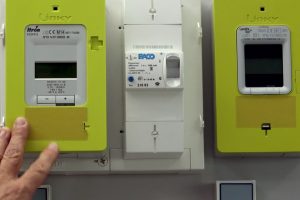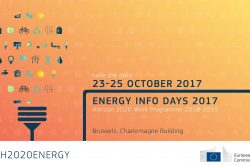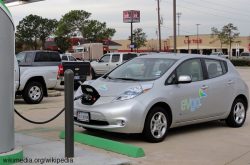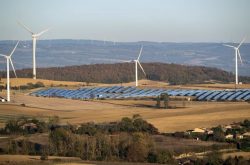Overview
We often hear of the environmental benefits energy technology innovations are bringing. But less is said about how these same innovations are helping to provide an uninterrupted and affordable source of energy – what’s referred to as energy security.
The first of these transformations is the growth of distributed energy resources – small-scale power generations, such as rooftop solar panels, or micro-turbines. The second development is the growth of demand-side energy management – activities and programmes that encourage users to reduce energy consumption. When these innovations are combined with the digitalization of energy infrastructure, it creates the potential to provide greater energy security at a local, regional and national level.
A changing energy landscape
It was once believed that while solar energy was a promising technology of the future, it was too expensive for widespread use, at least for the time being. But prices have been falling, and with that, installations at both a utility scale and consumer level have been increasing. Energy storage technology is also becoming cheaper, and as a result could help consumers access cost-effective, off-the-grid capabilities.
While this emerging trend will be most pronounced in areas like Hawaii, where energy prices are high and feed-in-tariffs are decreasing, it is affecting consumers and businesses almost everywhere – even those with relatively low energy costs and a generally reliable energy supply. For example, a recent study showed that 58% of the 687 North American organizations surveyed said they planned to have at least one facility that can operate off the grid within the next 10 years.
Advances in energy-efficient products and demand-side management are also helping to boost distributed energy resources. It is generally two to three times less expensive to save a kWh of electricity than to generate one. The increased electrification of heating and cooling systems using high-efficiency heat pump technology, the application of efficient LED lighting and appliances, and the smart charging of electric vehicles all contribute to greater capacity and lower life-cycle costs for net-zero energy buildings and off-grid communities.
The digital transformation of energy systems – smart meters, energy management systems, automated demand response or microgrids – could also help people everywhere access a reliable and affordable source of energy. Two-way communication between energy producers and consumers, as well as the increasing number of prosumers – those who both produce and consume energy – means that distributed energy resources can be dispatched to those areas that need it the most. That could include areas encountering supply shortages and grid stability issues, or those where renewable resources provide only an intermittent energy supply.
The aggregation and centralized management of these distributed energy resources – sometimes referred to as “virtual power plants” – can transform zero-energy buildings and community-scale microgrids into regional resources by providing, or freeing up, critical electrical system capacity when needed. In developing economies, these changes might allow those communities not currently connected to a national grid to completely bypass these forms of energy services.
Capturing the benefits
To capture the environmental, economic and resilience benefits of distributed energy resources, the private sector and utilities companies are evaluating new business models and regulatory strategies that could increase adoption while assuring grid reliability and energy security. One example of this already in action is the New York Reforming the Energy Vision, an ambitious effort to redefine the role of utilities companies as a system integrator of distributed energy resources and provider of energy services. The state envisions new third-party business models and revenue streams for utilities to jointly tap the growing market of energy prosumers while maximizing consumer, community and system-wide benefits.
The transformations taking place in the energy sector – many of which are being driven by new customer needs and the increasing cost-effectiveness of new technologies – are irreversible. It’s up to policy-makers to consider the implications of these changes for their national energy security and energy systems planning.
Have you read?
Which are the world’s top 10 energy performers?
3 trends transforming the energy sector
What is ‘energy architecture’?
Map
Visited 2743 times, 1 Visit today








